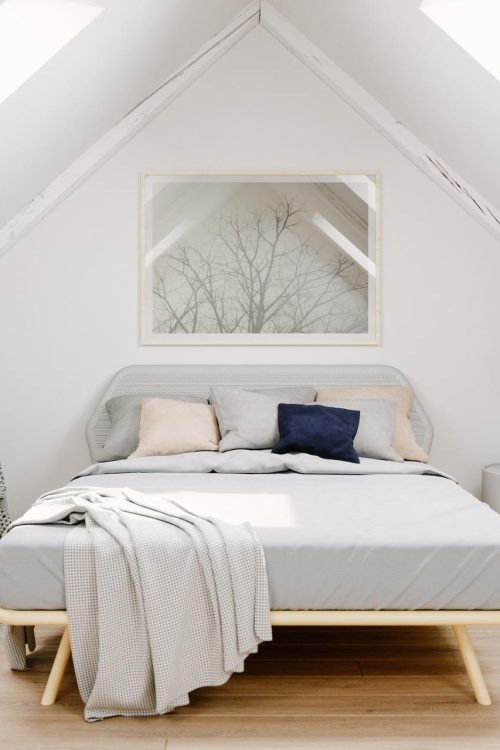What’s the Difference Between a Dormer Loft and a Velux Loft?
If you’re thinking about having your loft converted to create some extra living space in your home, that may be about as far as you’ve got in the thinking process.
So, if you were to then be asked which type of loft conversion you’d like, you might struggle to come up with an answer. Pushed further with suggestions of dormer and Velux lofts, you might recognise the names, but would you really know the difference?
If that’s the case, then don’t worry, because you’re not the only one – unless you’re in the trade or have had a loft conversion carried out at a previous home, there’s no reason why you should know the difference.
But it’s useful to know what’s possible from the outset, so this month we’re examining these different loft conversions to discover what they are and the advantages and disadvantages of each.
What is a dormer loft conversion?
The main distinguishing feature of a dormer loft conversion is that it requires an addition to your roof. That could either be in the form of a projection from a pitched roof or something that extends directly upwards from a flat roof.
One of the obvious results of doing that is increasing the size of your roof space, making it the obvious choice if your existing space doesn’t allow for comfortable use. It’s an especially good way of creating extra headroom in a loft. That extra space means that a dormer loft conversion is also likely to offer greater flexibility when it comes to deciding how to use your new room – for instance, you might be able to turn it into an extra bedroom complete with en-suite.
Given the construction work that’s going to be needed, it may not be surprising to discover that a dormer loft conversion is nearly always going to be the more expensive option of the two – although it is worth considering what kind of value you’ll be adding to your property should you come to sell in the future.
The other thing to bear in mind with a dormer loft conversion is that it may require planning permission, although most will come under permitted development rights. But it’s worth checking before you go too far just in case – and even if you don’t need planning permission, it would probably be worth getting a lawful development certificate, which will demonstrate that your conversion was legal at the time it took place.
What is a Velux loft conversion?
A Velux loft conversion is far more straightforward in that it uses only what space already exists in your loft. The name comes from the windows company that specialises in roof windows and skylights, so that should give an idea of what to expect. The light in your new room will be created by installing roof lights or windows into the sloping roof – the internal shape will remain essentially unchanged.
Because the required work is going to be less, that will pretty much always make a Velux loft conversion cheaper than a dormer conversion. So, if you’re lucky enough to have the kind of loft that is already spacious enough to be used as a room, this is going to be the economical and sensible choice.
Another great advantage with a Velux conversion is that you almost certainly won’t need planning permission for the work – the exceptions are if you are in a Conservation Area, if the building is listed, or if you are a leaseholder rather than a freeholder.
Another thing to bear in mind with this kind of conversion is that if you live in a semi-detached or terraced property, then you might need a party wall agreement with your neighbours.
Here at Highline Design & Build, we’re experienced loft conversion specialists with scores of happy customers in and around Egham, Twickenham and Weybridge. We can handle all aspects of your loft conversion, from design to completion, as well as handling any planning permission and party wall issues.
Get in touch with us now to find out more or to get a free, no-obligation and cost-effective quotation.







